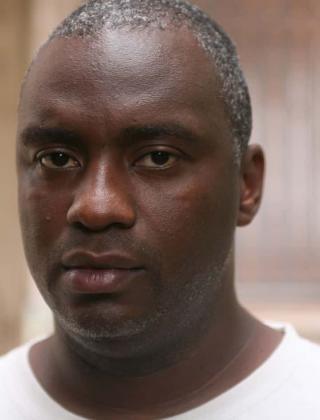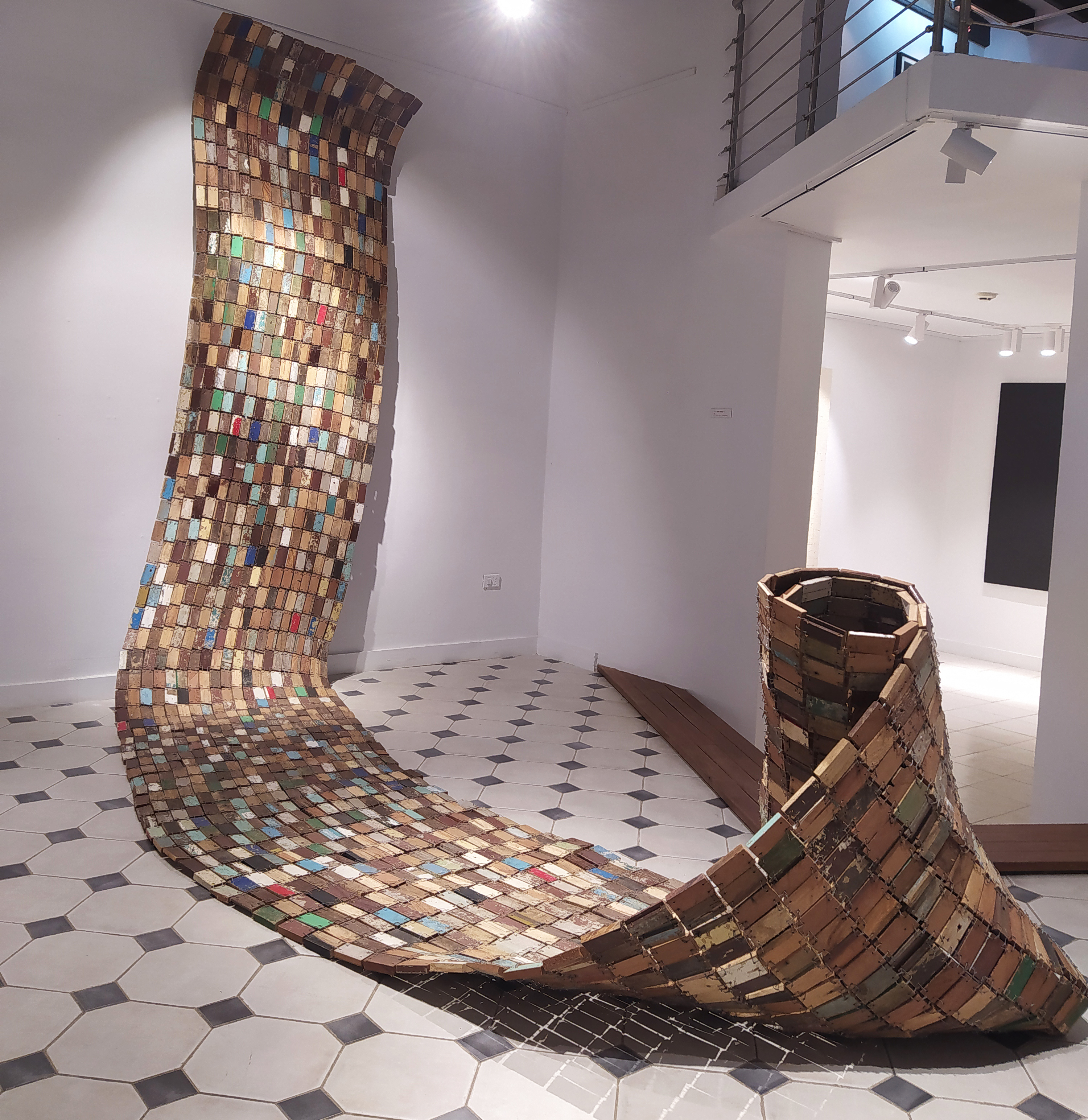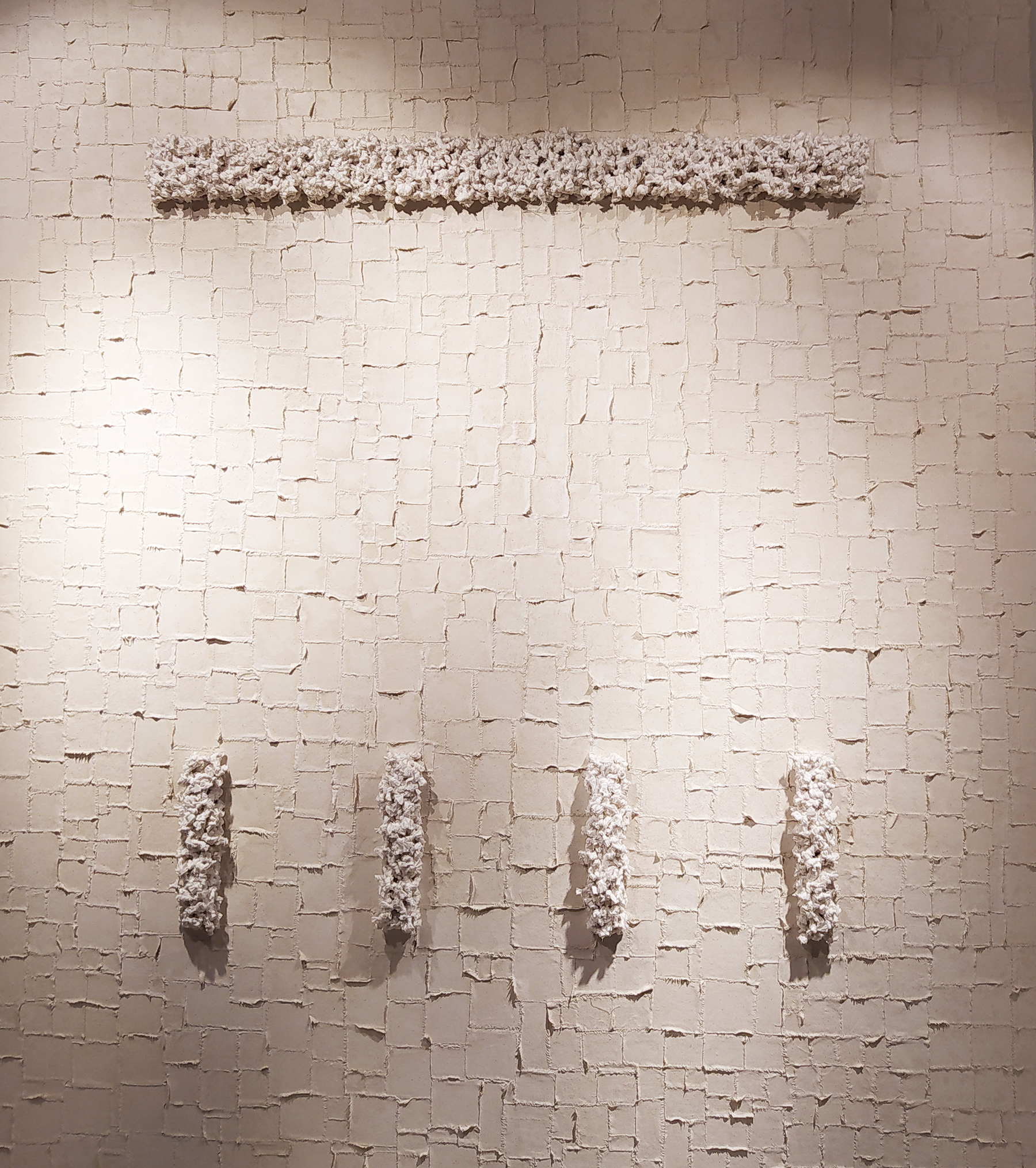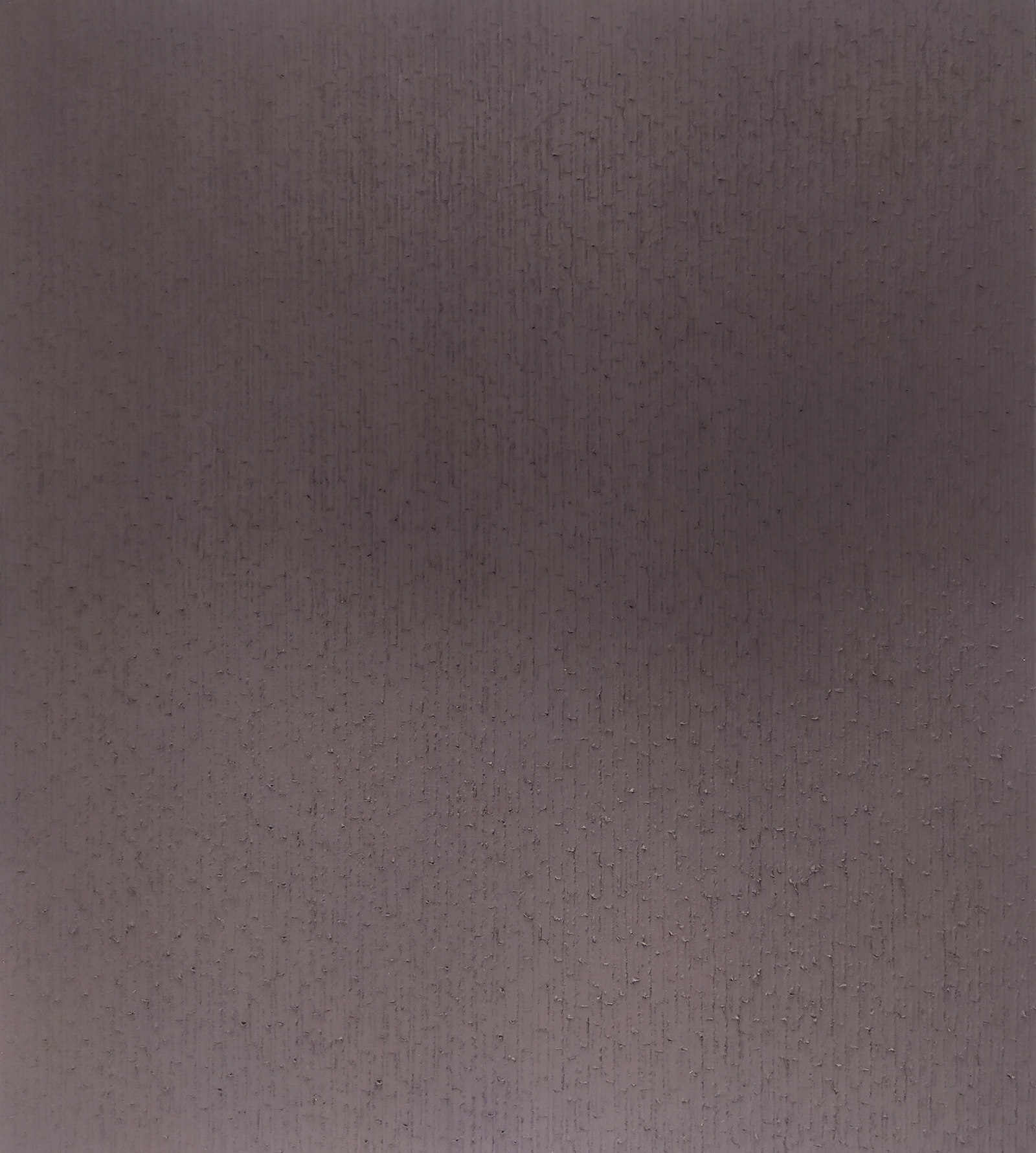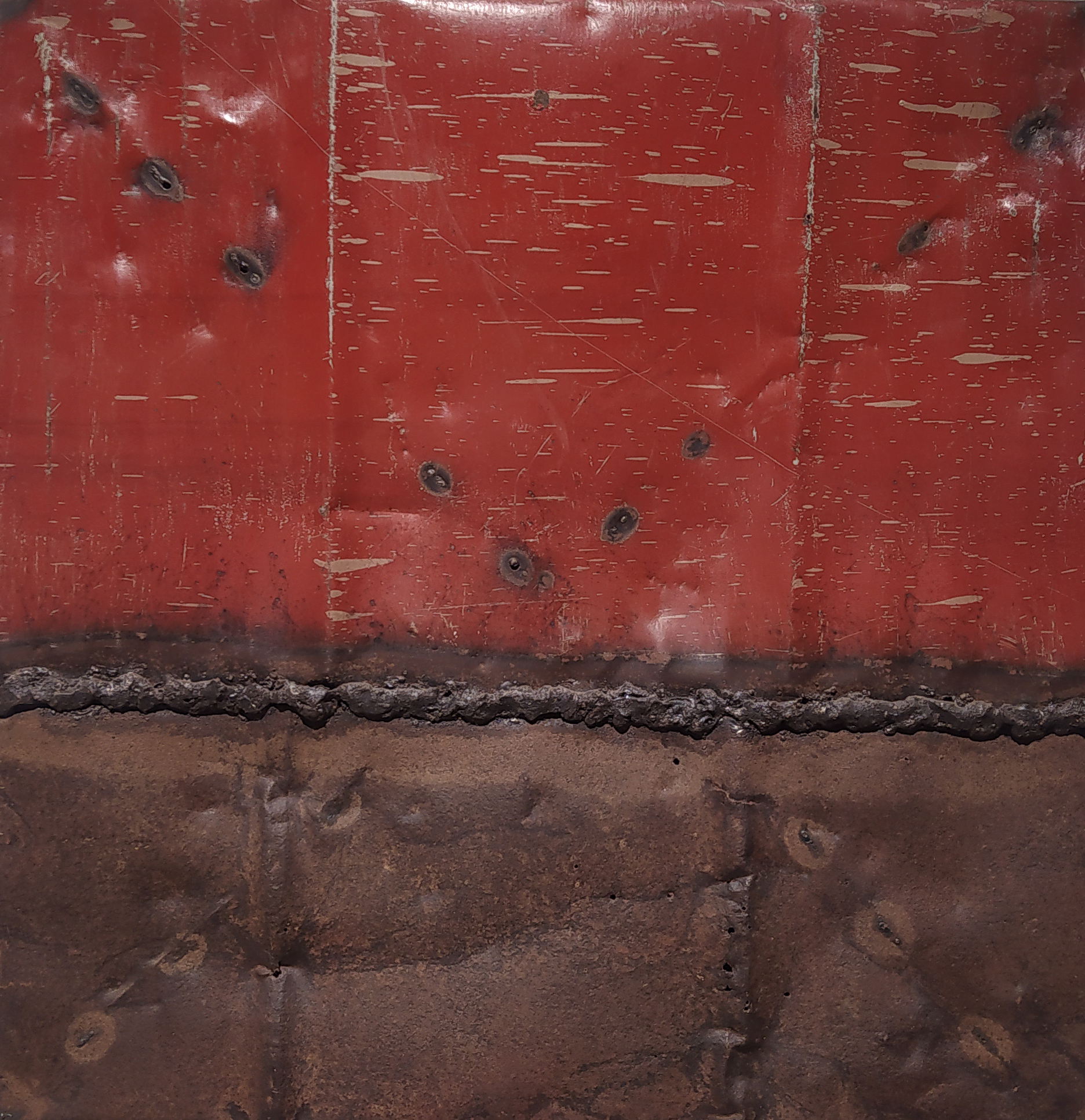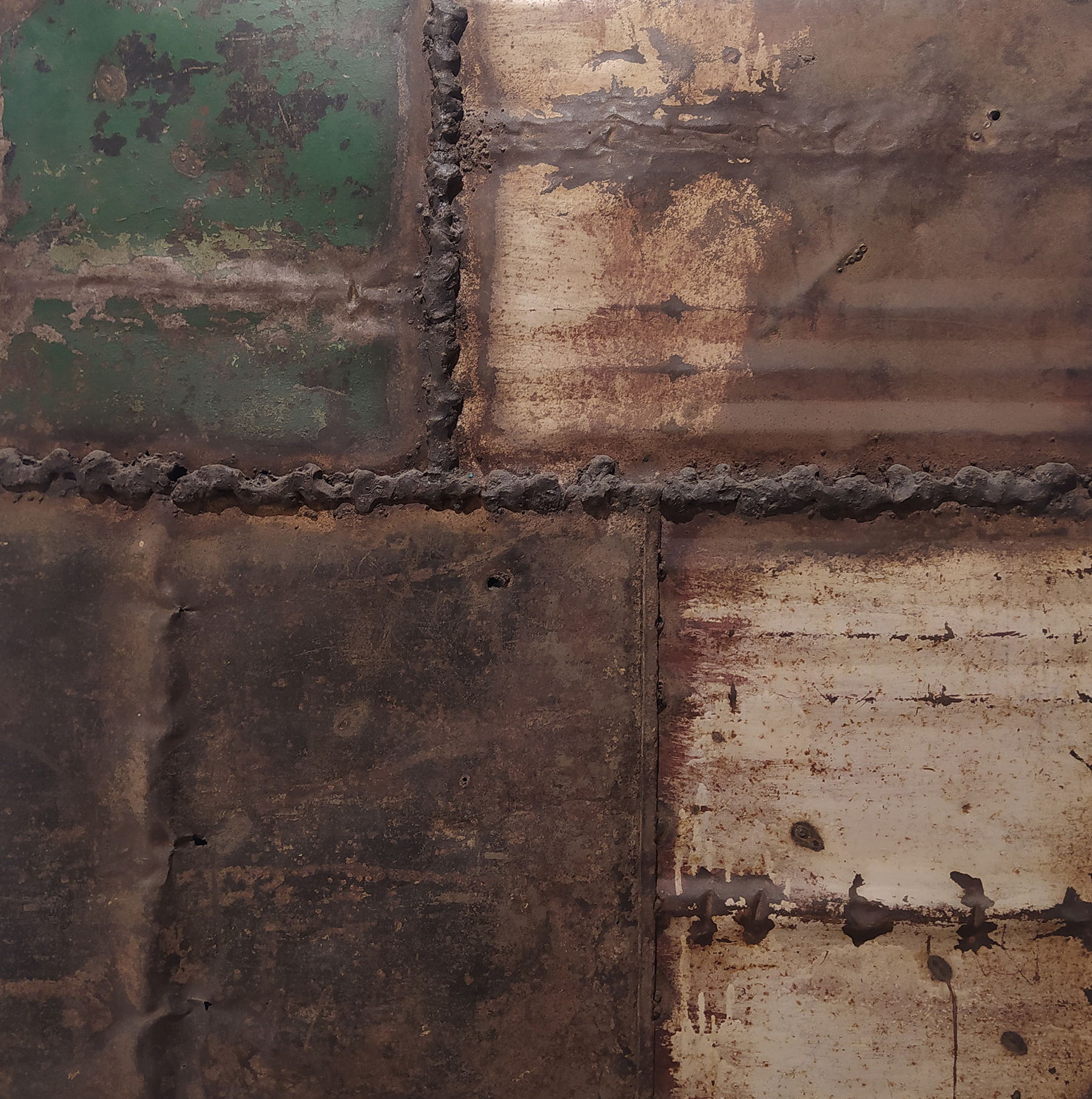Homenaje
Spiritual Cuban
The characters that appears in Roberto Diago Durruthy’s work speak with the body, the expression, the concave space of the eyes that denote the penetration that at some time shielded their looks. They speak higher than if they had the gift of the word, because the language is born of the scars of the soul, of the dignity that rises above limitations and atavisms. In the series in that don’t appear represented as such their essences they arrive.
Few Cuban artists possess such a condensation capacity and expressive synthesis to reveal the power of the memory and their indispensable bring up to date. Since it adopted that perspective to the beginning of their artistic trajectory -to remember the impact of iconic Class of mathematics (1999) -, it matured quickly to the point that has been able to decant the language to make it more sharper, clear and overwhelming, what is equal to say in the last two decades front, even when it deploys keys and calculated messages that they require of the spectator a cultivated sensibility and the disposition to a contemptible opening. .
Statement is this last because to apprehend the work of Diago it is necessary to ignore of topics, as the one that seeks to classify it in the closed limit of the dark. The black one is in their painting, drawing and sculptural facilities, but it goes beyond the retrenchment in the color of the skin and of the racial mere vindication.
Diago is more near Frantz Fanon and his resistant vocation that of Marcus Garvey and the theory of the return. More near Nicolás Guillén that of Sedar Senghor, next to the search of the Cuban color than it points to the right of the decisive weight of the ancestor African, with the historical experience on the back, in the permanent construction of the insular identity that of the poet senegalés that formulated irreconcilable antinomies in Dear brother target.
Each concept and metaphor finds sustenance in impeccable realizations; the pictorial occupation spreads bridges between the balance and the overwhelming view, among the focus toward the one that directs the pupil and the abrasive bottom that it almost always prevails in the squares. The sculpture that shows also moves among complementary poles: of a side, the entirety imagen; of the other one, the uncover of the parts in an operation that allows the reconstruction of the assembling process. Excessively, the designer makes an exhibition in an area of the exhibition. We are before a creative edge of high voltage.
The artist has wanted to surrender homage to her grandfather Roberto Diago Querol (1920 -1955) whose centennial commemorates, by means of the inclusion of a self-portrait and the portrait that of him Loló painted Soldevilla. Diago Querol left a lasting print in the history of the Cuban plastic arts of the mediocrity of last century, legacy of which we all are indebted. Beyond the desert and sense tribute, the continuity between the work of that and non alone today’s Diago is inspiring reason, but it averages for the enrichment of our experience.
Virginia Alberdi
Havana, November of 2020
Artworks
Untitled
Roberto Diago 2020Hombre de lucha (Fighting man)
Roberto Diago 2020Un barco me trajo (A ship brought me)
Roberto Diago 2020De la Serie Paños mágicos no.5 (From the Magic Cloth Series no.5)
Roberto Diago 2019De la Serie El Poder de tu alma (From the series The Power of your soul)
Roberto Diago 2013De la Serie La Piel que habla (From The Talking Skin Series)
Roberto Diago 2013De la Serie Desde el silencio (From the series From the silence)
Roberto Diago 2013Untitled
Roberto Diago 2008Untitled
Roberto Diago 2008Artists

